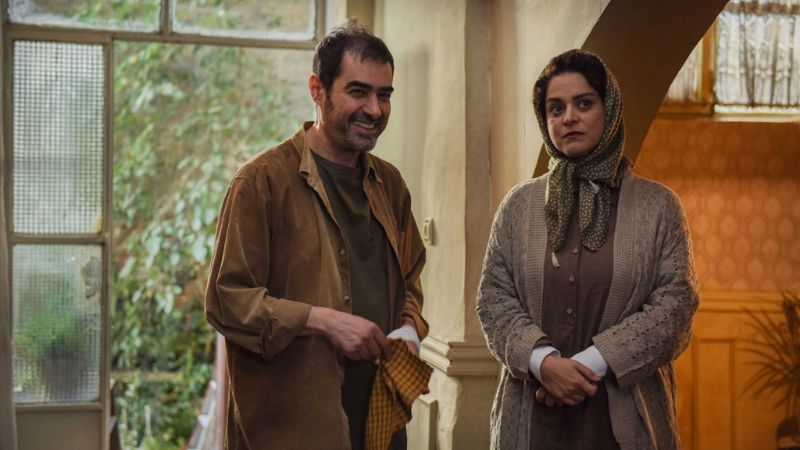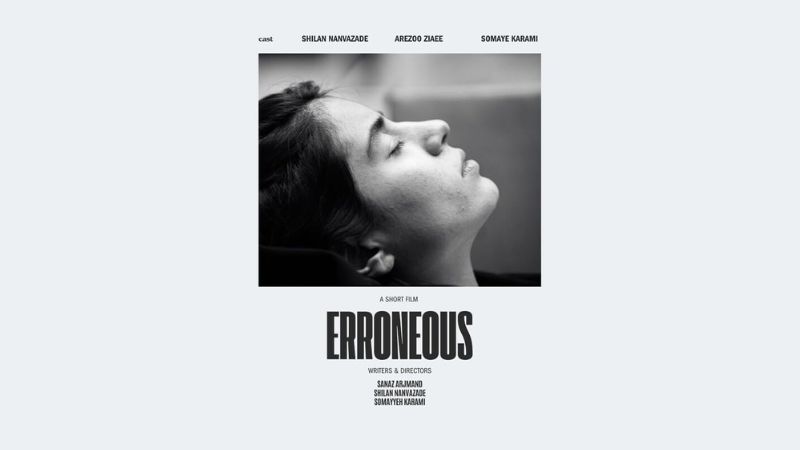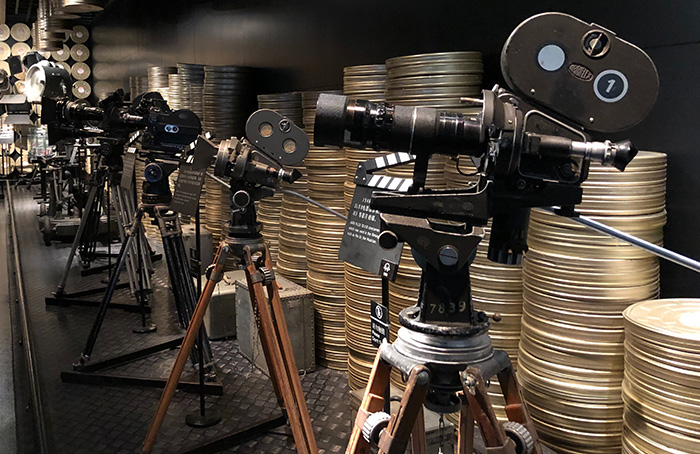
Whirlpool (Persian title: Gerdab), shot in 16mm format, was the first Iranian color film to be screened in Tehran cinemas. It achieved remarkable box office success for its time. The film, directed and written by Hassan Kheradmand, was produced and publicly released in 1953. The film’s story is about a young man with a simple life who falls in with bad company, turns to gambling, and becomes ensnared by a beautiful woman. By the time he realizes his mistakes, he has wasted the best years of his youth in vain.
Although this storyline might seem cliché, Whirlpool holds significant historical importance in Iranian cinema—not for its screenplay but for its cinematography and technical aspects. The film was shot with a 16mm Auricon camera made in the United States and the camera was later donated by film producer Siamak Etemadi to the Cinema Museum of Iran.
Whirlpool was produced by Pars Film Studio, one of the earliest film studios in Iran, but since Iran lacked color film processing laboratories at the time, the film’s negatives were sent to New York, for development and printing. Additionally, the first-ever behind-the-scenes footage in the history of Iranian cinema was filmed during the production of Whirlpool.
The film was produced by Houshang Mahboubian, with prominent Iranian actors Nasser Malek-Motiei and Ahmad Ghadakchian starring in the lead roles. The lead actress was Mahin Deyhim, with Enayatollah Famin serving as the film’s cinematographer.
Kheradmand came up with the idea for this project. In 1952, he sought to direct Iran’s first color film with the backing of Mahbobian and the end of that year, the film was completed with a total runtime of 90 minutes. But its theatrical release was delayed until the following year and finally premiered in multiple cinemas in Tehran on April 20, 1953 31—just three months before the August 1953 coup.
Whirlpool performed exceptionally well at the box office—not because of its story, which lacked novelty, but due to the star power of Nasser Malek-Motiei and the curiosity of Tehran’s moviegoers, who wanted to experience Iran’s first color film on the big screen.
The commercial success of Whirlpool encouraged other Farsi film producers to create color films. With audiences increasingly favoring color films over black-and-white ones, expectations in Iranian cinema began to rise. However, black-and-white filmmaking remained dominant for years, and some of Iran’s finest films of the 1960s and 1970s were still shot in black and white.



